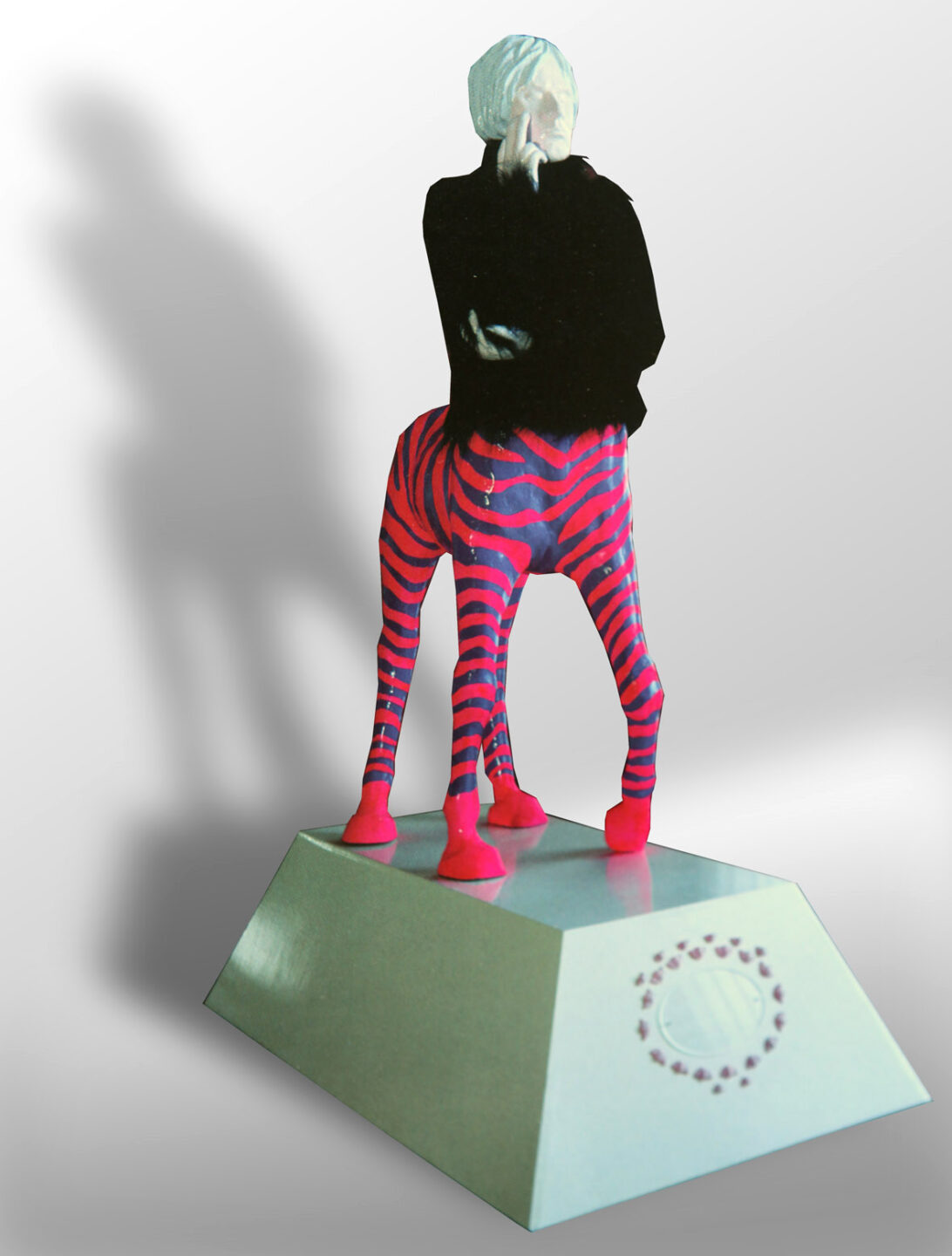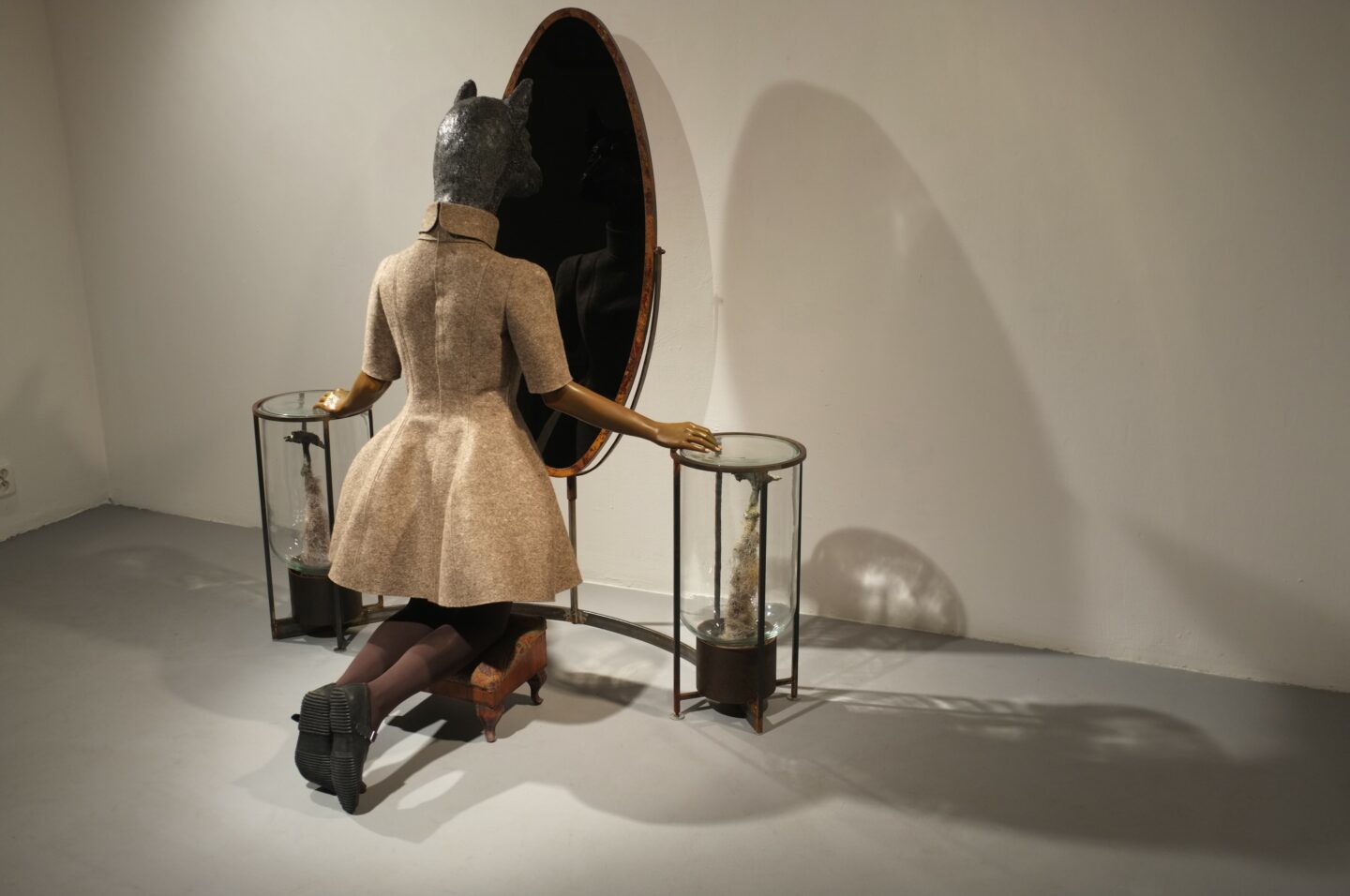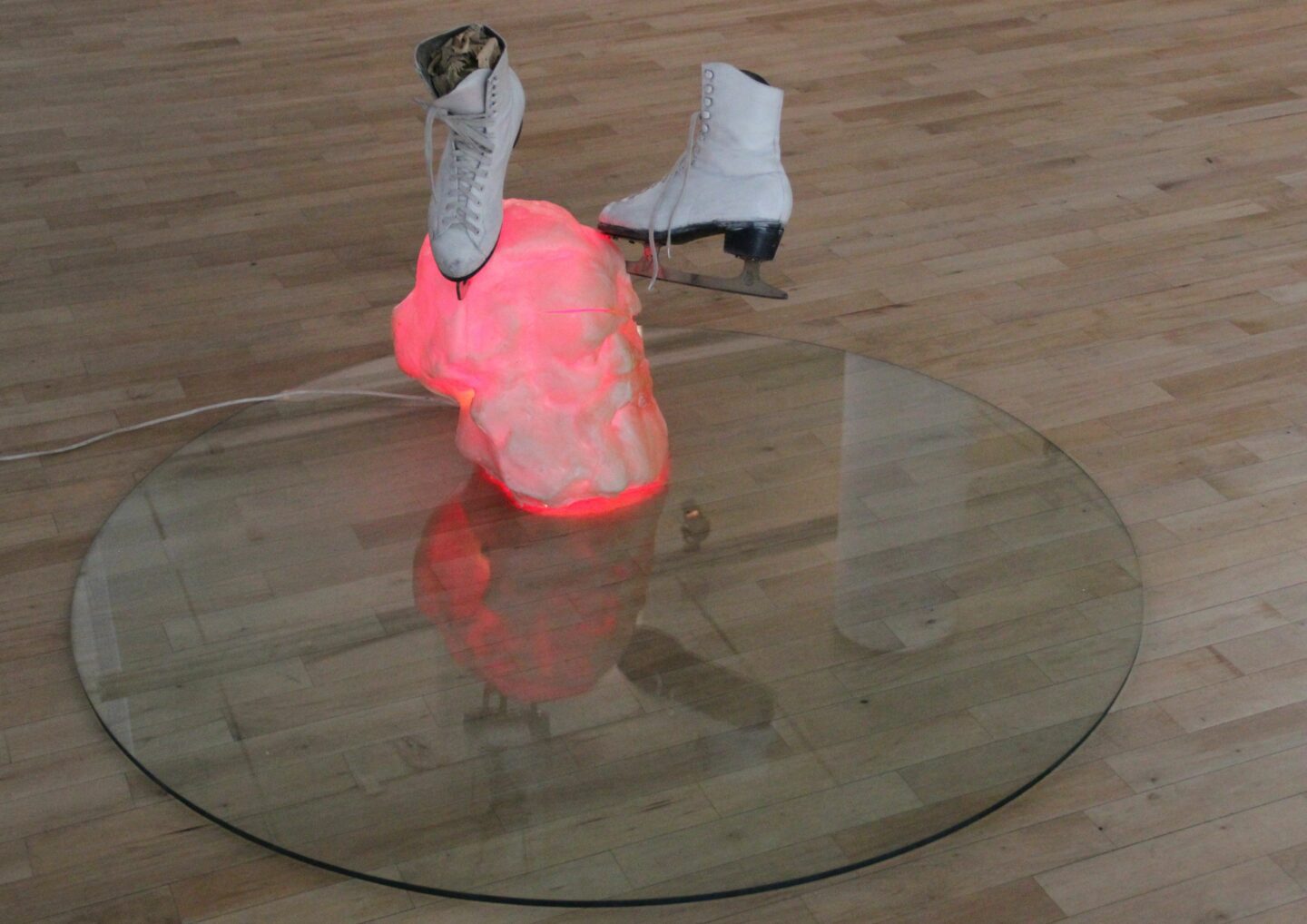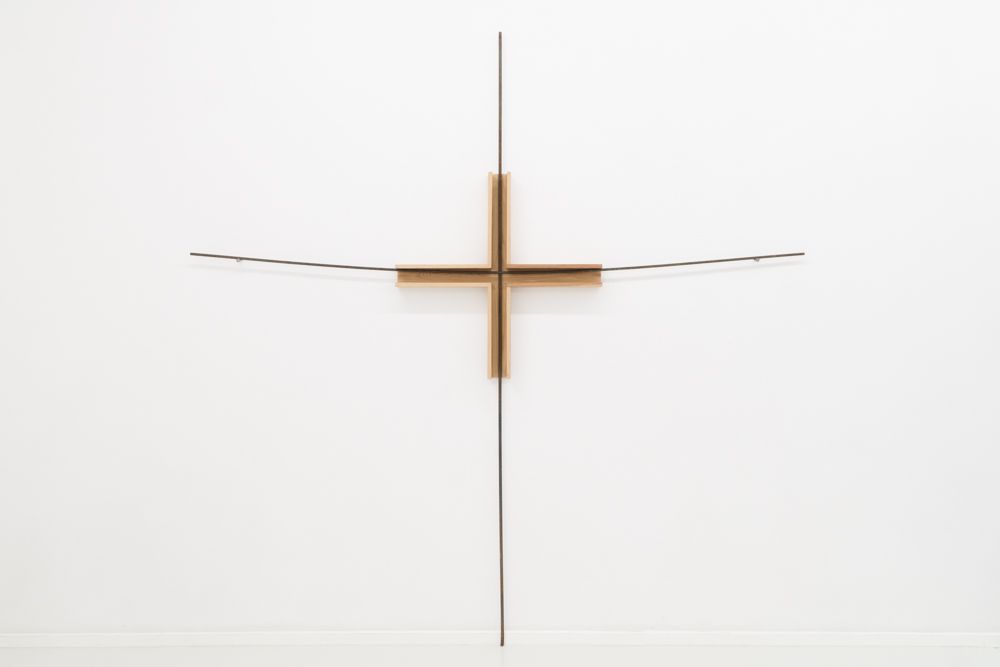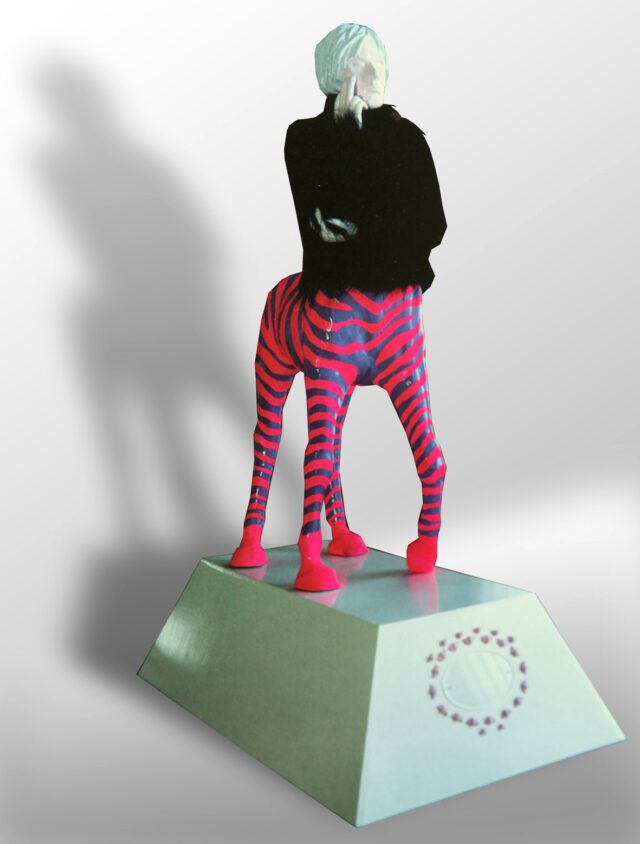
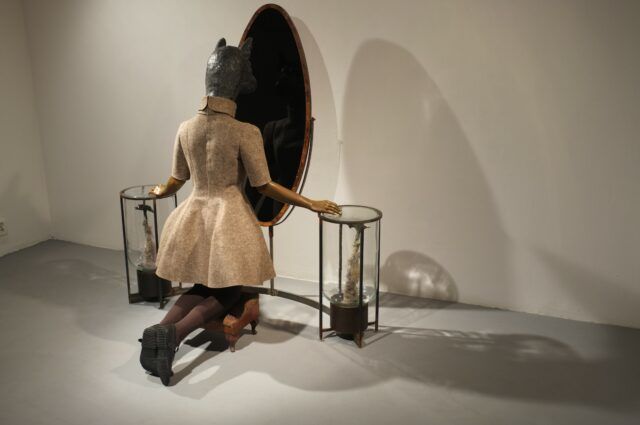
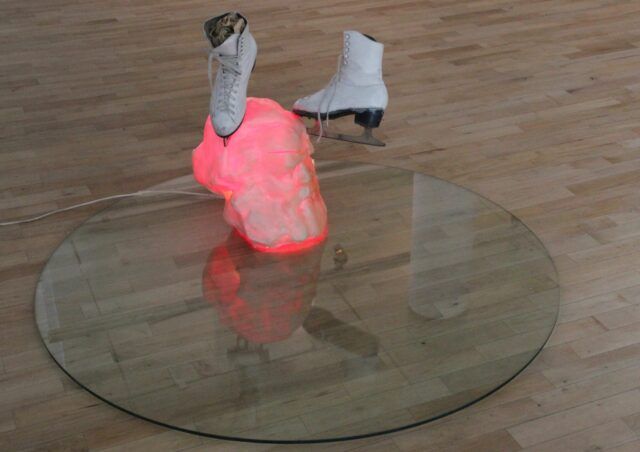
17 km in a straight line from Radom – a revisit
Wystawa ze zbiorów MCSW Elektrownia
The exhibition at the Orońsko Orangery was designed as a show of selected works from the sculpture department of the collection of the Masovian Centre for Contemporary Art "Elektrownia" in Radom. The exhibition shows comprehensively the key problems of Polish sculpture of the last half-century and, of course, also indirectly reveals the strategy for the expansion of the Elektrownia collection. The first acquisitions were made in 2007, while today the collection has more than 900 exhibits, including more than 140 in the sculpture department.
The Centre decided to orient the collection towards documenting the most interesting phenomena in Polish, and to a lesser extent, foreign art of the last thirty years, which create a diverse artistic narrative, importantly, brought to the edge of the present.
The most important goal of the strategy of building the Elektrownia collection is to show the transformations within art occurring under the influence of new ideological currents, as well as to show the influence of the development of civilisation on the enrichment of forms of artistic articulation. An equally important objective is to show the continuity of the process of transformation of art in the period in question. The problem area of the collection reflects the paradigmatic shift in culture (and its consequences) that followed the suppression of one cultural dominant, i.e. modernism, by the next one, postmodernism. The collection therefore presents both a picture of the art of the last stage of modernity, emphasising the Neo-Avant-Garde practices, including the representation of the widely understood Conceptualism, as well as the area of new artistic ideas and practices characteristic of the postmodernist formation, critical towards its predecessor.
The Neo-Avant-Garde is quite well represented by the works of Zbigniew Warpechowski (Performance sculpture – Champion of Golgotha, 1978) and works reflecting the influence of the Conceptualism by Andrzej Dłużniewski (Globe of Europe, 1971) and Stanisław Dróżdż (between, 1994), as well as the sculpture by Jan St. Wojciechowski (Cut, 1983), which is positioned on the borderline of the cultural dominants. Within the new dominant – postmodernism – is reflected a multiplicity of new narratives and artistic practices. The New Expression, which dominated the 1980s, is represented by the works of Mirosław Filonik (Honolulu Baboon, 1986/2012) and Sylwester Ambroziak's sculpture The Temptation of St Anthony, 1989/2015, which already anticipated the critical art and explicitly referred to religious themes. A feminist and critical stance towards society is reflected in Anna Baumgart's famous sculpture Bomber Woman, 2004/2016. The problem of reckoning with totalitarian ideology is expressed in Krzysztof Bednarski's work Figure Skating on Marx (1978-1990). The relationship between nature and culture is clearly reflected in Piotr Lutyński's work Birth, 2009, while the posthumanist narrative is represented in the work of the duo Czekalska&Golec – Death in the Gallery, 2015. The problem of the relationship between high and popular culture and the peculiar mythologisation/celebration of great artists of the 20th century is reflected in the iconic work by Marek Kijewski and Małgorzata Malinowska (Kocur) for the Radom collection – (Zombie) Andy Warhol's Horse Portrait, which, notably, was created in the studios of the Orońsko Centre.
The show at the Orangery is modest in numbers; nevertheless, it shows the most crucial themes present in the sculpture department of the Elektrownia collection, representing the most important ideas and artistic practices of this medium in the last half-century. There is a multiplicity of artistic narratives and a variety of techniques, materials and means of articulation, including those going beyond the traditional understanding of sculpture as a solid, visualised, among others, in assemblages, installations (e.g. Piotr Kurka, Stick, 2014), objects (e.g. Andrzej Mitan, Fish Concert, 2011), as well as performance sculptures (Zbigniew Warpechowski, Krzysztof Zarębski).
Many valuable works, including those already canonical and iconic for 20th and 21st-century Polish art, have been acquired for the collection thanks to grants from the National Collections of Contemporary Art programme run by the Minister of Culture and National Heritage.
The exhibition at the Orangery is entitled 17 km in a straight line from Radom – a revisit and is an obvious reference to the exhibition of works from the collection of the Centre of Polish Sculpture entitled Orońsko. 17 km in a straight line, which was held in 2016 in Elektrownia. Some of the works in the Orangery will temporarily return to their birthplace.
